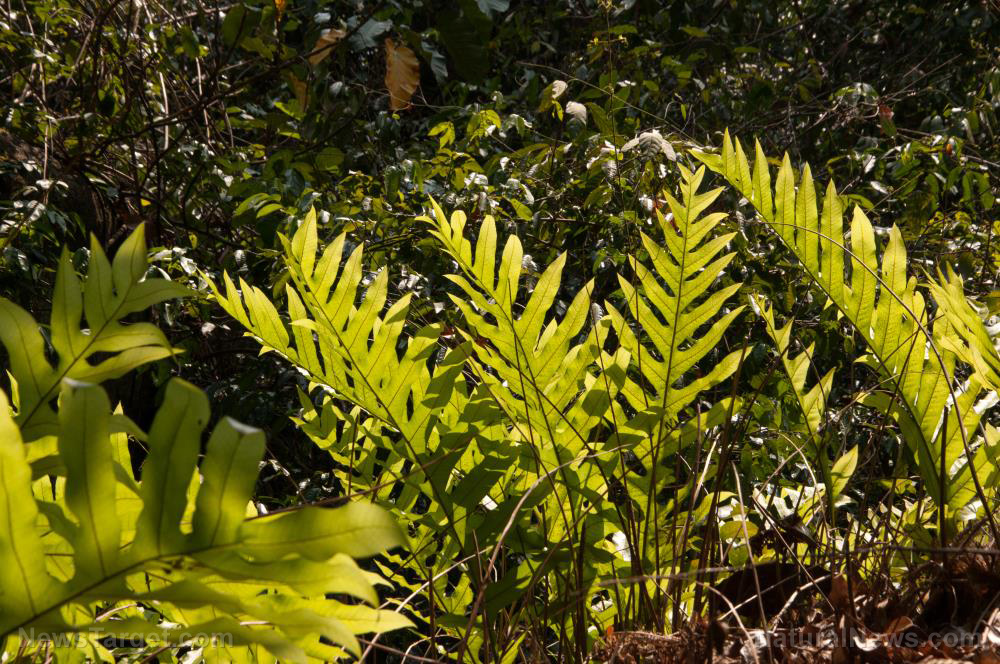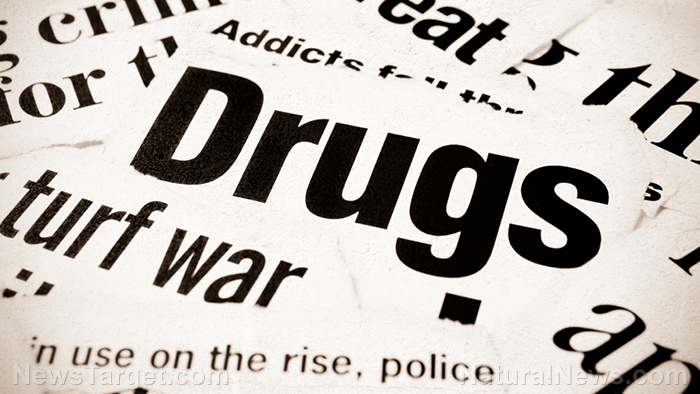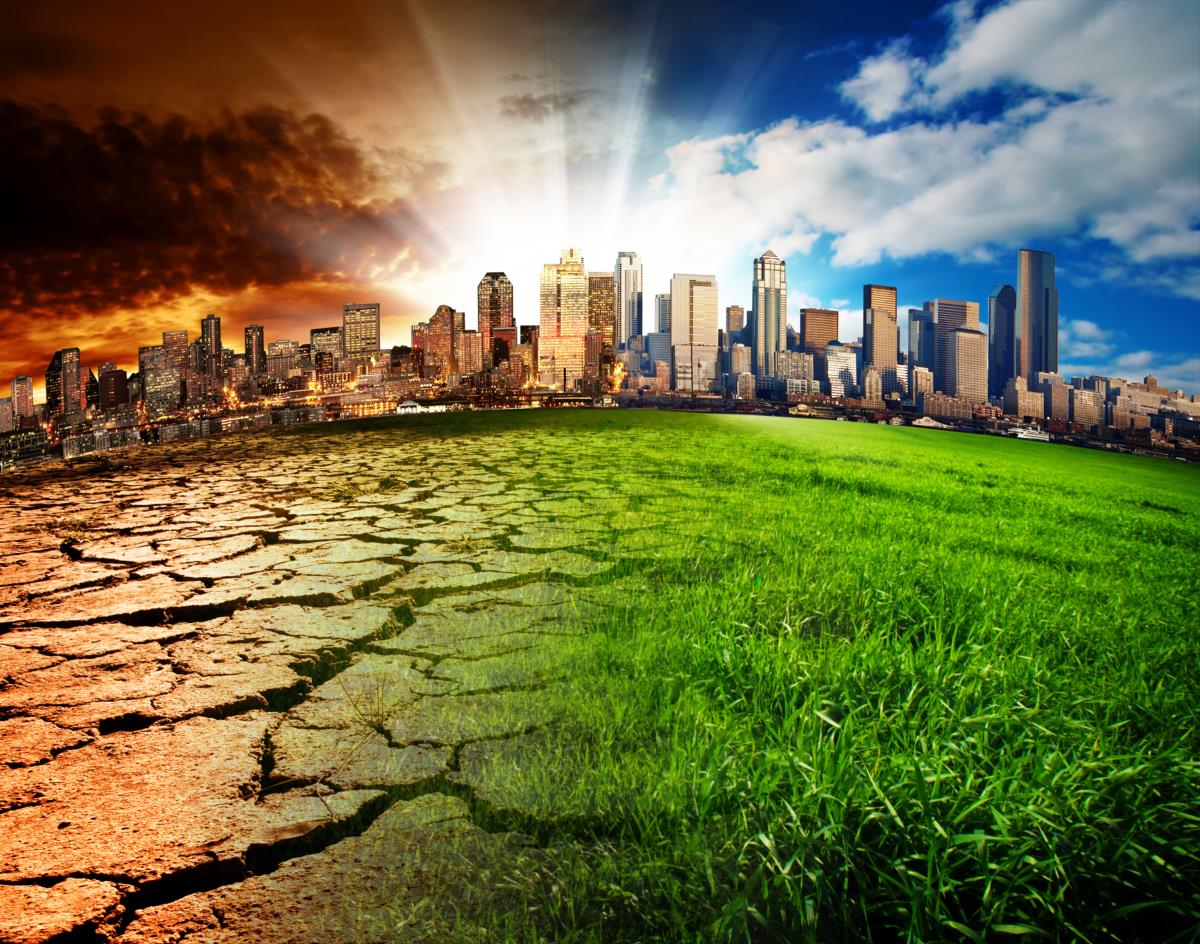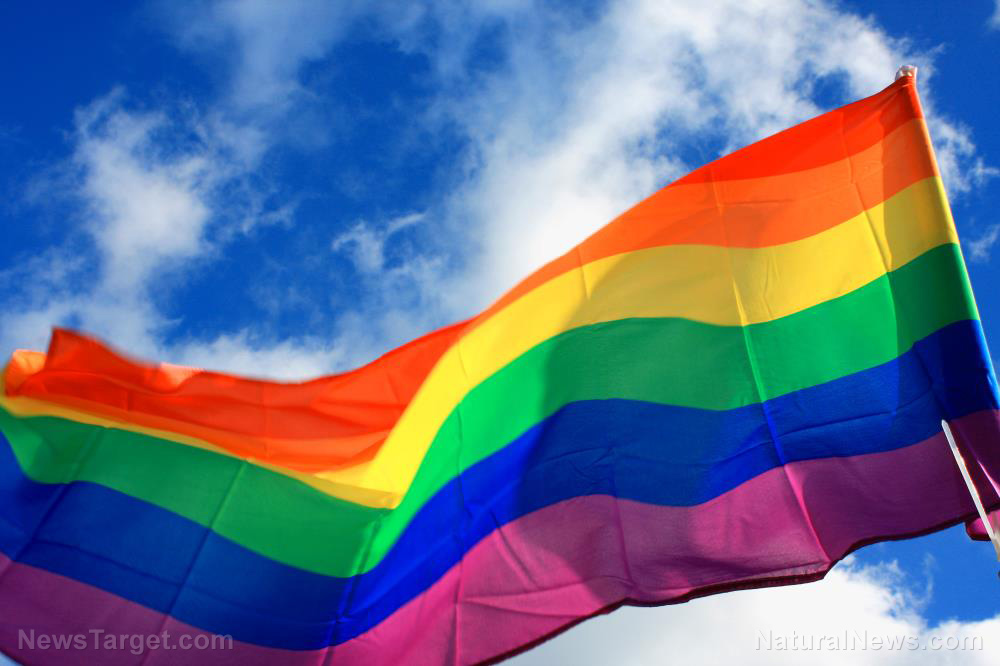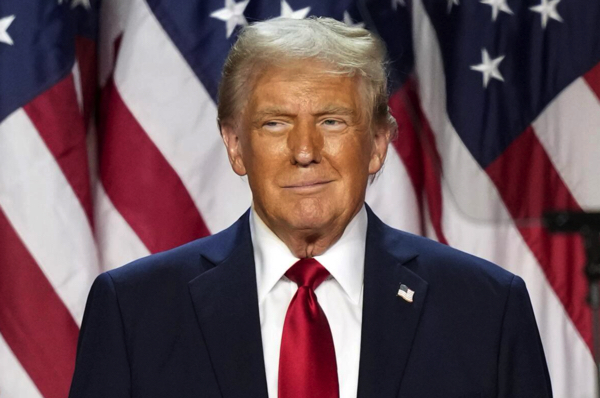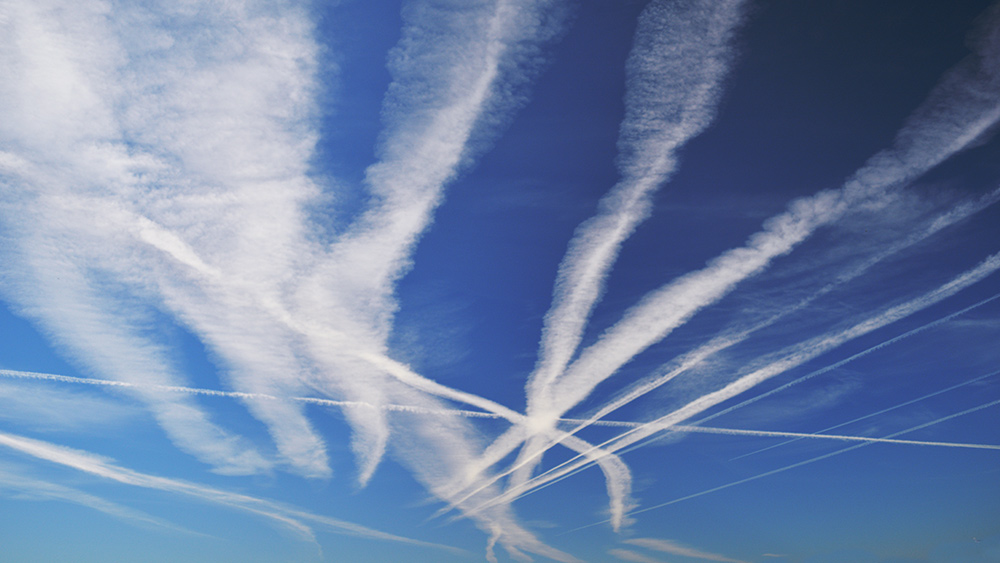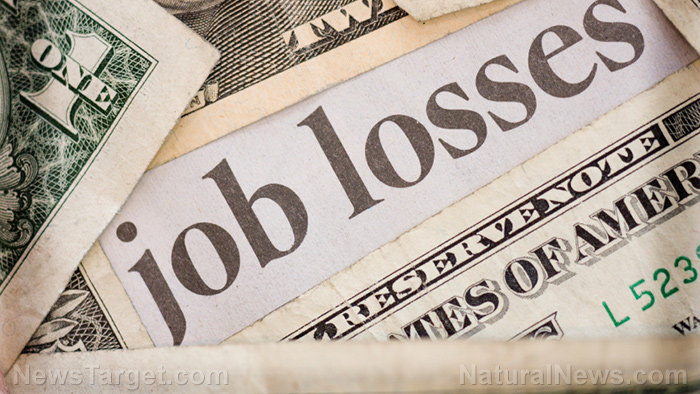The silent crisis: Bees under siege from war, microplastics, pesticides and artificial light
06/05/2025 / By Ava Grace
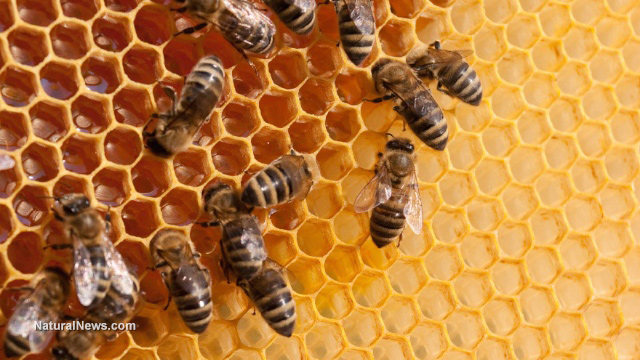
- Bees and other pollinators are essential for nearly 90 percent of flowering plants and 75 percent of staple crops, making their decline a major threat to global food security and ecosystems.
- Warzones (disrupting diverse food sources), microplastics (contaminating hives) and light pollution (reducing nocturnal pollination) are accelerating bee population declines alongside pesticides and habitat loss.
- Conflicts like Ukraine’s war promote monoculture farming, depriving bees of varied nutrition and weakening colonies, further endangering their survival.
- Antibiotics from livestock and “pesticide cocktails” (multiple chemicals combined) are harming bee health, with developing nations facing unmonitored, lethal effects.
- Key fixes include stricter regulations, EV adoption, bee-friendly solar farms and urban rewilding. Systemic policy changes and individual actions (e.g., pollinator gardens) are vital to avert catastrophe.
Bees, the unsung heroes of global food security, are facing unprecedented new threats that could push them and humanity toward catastrophe.
A landmark report released on May 19, World Bee Day, warned that warzones, microplastics and light pollution are accelerating pollinator declines at an alarming rate. Compiled by ten of the world’s top experts, the study by the science-led conservation campaign Bee:wild identified 12 emerging dangers poised to devastate bee populations within the next five to 15 years.
With nearly 90 percent of flowering plants and three-quarters of staple crops relying on pollinators, their collapse would trigger a domino effect across ecosystems and food systems. Pollinators – bees, butterflies, bats and birds – are the backbone of agriculture and biodiversity. Without them, crops like apples, almonds and coffee would vanish, and ecosystems would unravel.
Yet decades of habitat destruction and pesticides have already decimated populations. Now, novel threats – many unintended consequences of human progress –are pushing them closer to the brink. (Related: The disappearing bees: A crisis threatening your food and health.)
The disturbing new threats to global pollinators
Global conflicts, like the war in Ukraine, are disrupting food systems in unexpected ways. As nations prioritize single-crop production for wartime stability, pollinators lose access to diverse floral diets.
Monoculture farming starves bees of essential nutrients, weakening colonies and reducing their ability to thrive. The report warns that war-induced agricultural shifts could leave pollinators malnourished, accelerating population crashes.
Europe’s honeybees are now ingesting plastic, with tests on 315 colonies revealing synthetic particles like PET (commonly found in water bottles) contaminating hives. Microplastics shed from clothing and packaging infiltrate pollen and water sources, potentially disrupting bee digestion and immunity. Scientists fear long-term exposure could make entire colonies more vulnerable to disease – a silent crisis unfolding in plain sight.
Streetlights and urban glow are disrupting nature’s night shift. Moths and other nocturnal pollinators, responsible for fertilizing many wild plants, visit flowers 62 percent less under artificial light.
This decline threatens ecosystems that rely on nighttime pollination, further destabilizing food webs. Light pollution also disorients bees, reducing their foraging efficiency – a problem worsening with expanding cities.
Agricultural antibiotics meant to treat livestock are leaching into beehives, altering bee behavior and weakening their ability to forage. Meanwhile, “pesticide cocktails” (mixtures of multiple chemicals) are amplifying toxicity beyond regulatory “safe” limits. In developing nations, where pesticide use is poorly monitored, these combinations are proving especially lethal.
Fighting back: Solutions within reach
The report isn’t just a warning – it’s a roadmap for survival. Here are three solutions put forward by the report’s lead authors:
- Stricter antibiotic regulations to keep drugs out of hives.
- RNAi pest control, a genetic tool targeting pests without harming pollinators.
- Urban rewilding to create safe havens for stingless bees in tropical regions.
“Identifying new threats and finding ways to protect pollinators early is key to preventing further major declines,” said the report’s lead author Simon Potts, a professor at the University of Reading. “Pollinators are central to our food systems, climate resilience and economic security.”
The decline of pollinators is a crisis of our own making – but it’s not irreversible. As Potts put it, “Protecting pollinators means protecting ourselves.”
Visit Environ.news for more similar stories.
Watch this video about the demise of bees and how it could trigger a food crisis.
This video is from the NNBLBlg channel on Brighteon.com.
More related stories:
Study finds pesticides kill bees even below recommended doses.
Biologists: Pesticide regulations designed to protect bees are failing.
Sources include:
Submit a correction >>
Tagged Under:
agriculture, Antibiotics, artificial light, Bee:wild, biodiversity, chemicals, Collapse, depopulation, Ecology, environment, food collapse, food supply, microplastics, monocropping, pollinators, population decline, urban glow, Warzone
This article may contain statements that reflect the opinion of the author
RECENT NEWS & ARTICLES
COPYRIGHT © 2017 COLLAPSE.NEWS
All content posted on this site is protected under Free Speech. Collapse.news is not responsible for content written by contributing authors. The information on this site is provided for educational and entertainment purposes only. It is not intended as a substitute for professional advice of any kind. Collapse.news assumes no responsibility for the use or misuse of this material. All trademarks, registered trademarks and service marks mentioned on this site are the property of their respective owners.

